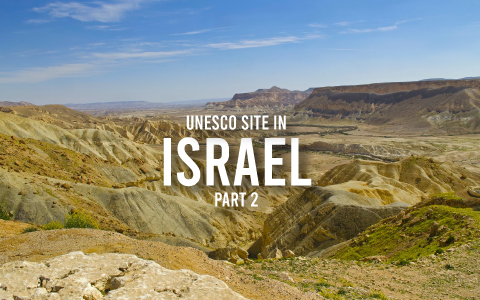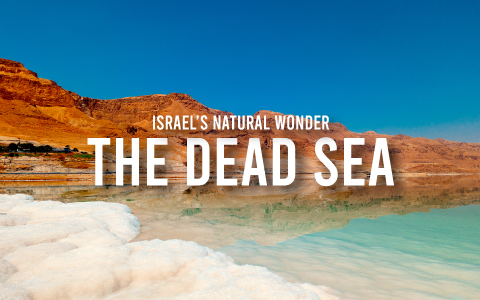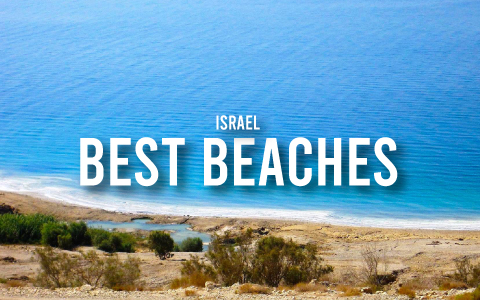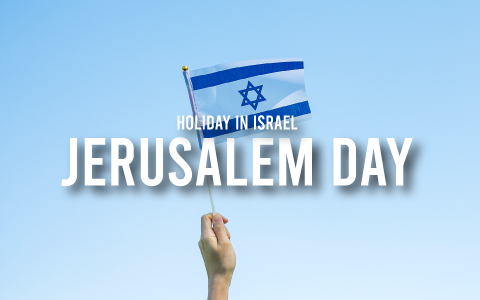
UNESCO sites in Israel – Part 2
Despite being a small country, Israel counts numerous 10 UNESCO World Heritage Sites. In a previous blog post we talked about some of those linked to the urban environment.
Today we want to talk about the UNESCO site in Israel related to nature.
WONDERS OF NATURE, THE BEST UNESCO SITES IN ISRAEL
THE GREAT RIFT VALLEY AND THE HULA VALLEY
The Great Rift Valley is a 6,000 km long geological rift that stretches from Syria to Mozambique. Its width varies from 30 to 100 km and its depth reach more than 1000 meters.
Within the rift is the Jordan river that flows through Lake Hula, Lake Tiberias and the Dead Sea, which is the lowest point on earth.
In addition to its beauty and wilderness, the Great Rift Valley is an important place for archeology. As a matter of fact, here is where explorers have found numerous remains of ancient hominids and it is where the evolutionary transition from apes to humans seems to have taken place.
Completely different from the Rift Valley is the Hula Valley. This is a an agricultural region, part of a nature reserve of more than 3000 hectares. It’s the perfect place if you like nature: thousands of different species of animals and plants live here, and some are very rare.
THE SEA OF GALILEE, A UNESCO SITE WITH RELIGIOUS RELEVANCE
The Sea of Galilee is also called Lake Tiberias, Kinneret or Kinnereth. It is Israel’s largest freshwater lake, located within the Great Rift Valley and fed by the Jordan River. Moreover, it is at 210 meters below the sea level.
Lake Tiberias is one of the most popular tourist destination in Israel, not only for the lovely landscape, but also because is an important site for the Christian religion. According to the Gospels, here is where Jesus preached and chose some of the apostles, such as Peter, Andrew, James and John.
The Lake is also interesting from a historical and cultural point of view. Along its banks are the cities of Tiberias, Hammat Gader, Korazim, Kursi, Capernaum and Tabgha.
The best way to explore the area is by a lake tour.
HAR KARKOM MOUNTAIN AND MOUNT SINAI
In the southwest of the Negev Desert there’s one of the most important UNESCO sites in Israel since it is thought to be the biblical Mount Sinai. It’s Har Karkom Mountain, also called Jabal Ideid.
Surrounded by the desert, the mountain is visible from a great distance.
On its top is a wide plateau and two rocky peaks. One, rounded, is called the female peak; the other, more elongated, is called the masculine peak.
Unfortunately, the plateau is not easily accessible due to the sheer cliffs of the mountain. However, there are two ancient paths that lead to the top.
The first one is a staircase carved into the rock. The other is a path along which it is possible to admire some of the best examples of ancient rock carvings. In fact, over 100 Paleolithic sites have been found on Karkom, mostly from the Middle Paleolithic.
Remember that the mountain is within a military zone. Therefore, access is possible only on weekends.
TIMNA VALLEY
In the Negev Desert there’s another remarkable Israeli UNESCO site. It’s Timna Valley, at about 30 km from the city of Eilat.
Timna Valley is rich in copper mines that were exploited for a long time, from the 6th millennium BC to the Middle Ages. Even the ancient Egyptians took advantage of this area and the remains of human activity are still visible.
During the 30s, some scholars started believing that the Valley was the seat of the legendary mines of King Solomon. However, there is no evidence of that.
In any case, a large portion of the Valley is now included in the homonymous national park.
Timna Park offers various excursions, by bike and on foot, through breathtaking scenery where red granite and yellow limestone are the main background.
The park also houses an exhibition, picnic areas, an artificial lake and tents in which to stay.



